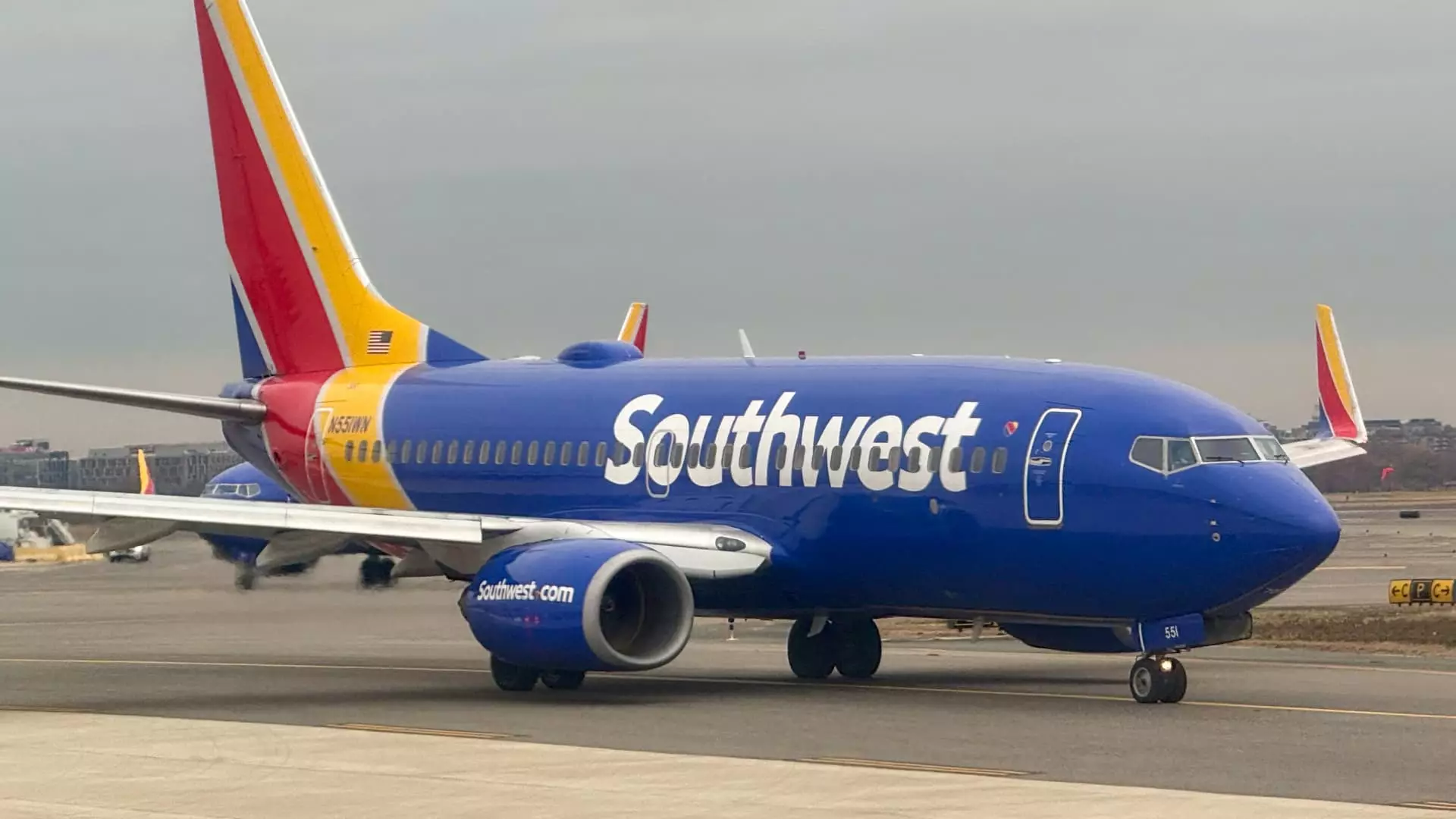In a startling move reflecting the ongoing financial strains faced by the airline industry, Southwest Airlines has announced plans to reduce its corporate workforce by approximately 15%, affecting around 1,750 positions. This dramatic decision was characterized by CEO Bob Jordan as “unprecedented” and positions the company at a critical intersection of transformation and austerity. The goal behind these layoffs is clear: to achieve significant cost reductions amounting to $210 million this year and a projected $300 million by 2026. These figures highlight the extent of the financial challenges that necessitate such drastic measures.
The announcement comes on the heels of other substantial shifts within the company, particularly following a recent agreement with activist investor Elliott Investment Management, which has gained a foothold on the Southwest board. This investor pressure appears to have converged on a singular goal: reshaping the airline to improve profit margins. Jordan’s communication to staff underscores the urgency of adopting a “leaner, faster, and more agile” framework, which indicates a shift in organizational philosophy aimed at boosting efficiency in operations.
The impact of these layoffs is not isolated. Southwest has initiated several cost-reduction strategies in tandem with the job cuts. Notably, the company has implemented a hiring freeze, suspended its internship programs, and put a halt to traditional team-building “rallies” that have been a cultural staple since 1985. These actions not only signal a tightening of corporate expenditures but also reflect a broader trend in the industry to streamline operations for greater fiscal responsibility. Moreover, Southwest has also moved to eliminate less profitable routes, showcasing a strategic pivot toward prioritizing financial viability over expansive network growth.
Future Plans and Strategic Direction
In conjunction with the layoffs, Southwest is refining its service model by modifying its historic open seating policy and introducing assigned seats, coupled with a selection of extra legroom options. This shift is emblematic of the airline’s intent to adapt to changing consumer preferences while focusing on profitability. The recent introduction of overnight flights further indicates a tactical expansion aimed at enhancing market competitiveness, although these initiatives come amid significant workforce reductions, underscoring the paradox of growth through downsizing.
As the company navigates this tumultuous period, CEO Bob Jordan has emphasized the importance of supporting those affected by the layoffs. Most employees will remain on the payroll until late April, receiving their full salary, benefits, and bonuses as a reflection of corporate responsibility during this transition. This approach may assist in mitigating some of the distress associated with job loss, even as the company propels itself into a restructured future.
Southwest Airlines is positioning itself at an inflection point where strategic decisions on labor and operations will critically define its trajectory in the coming years. As the airline endeavors to reshape its operational model to enhance profitability, it must balance the delicate interplay between corporate restructuring and maintaining a strong organizational culture amidst significant change.

